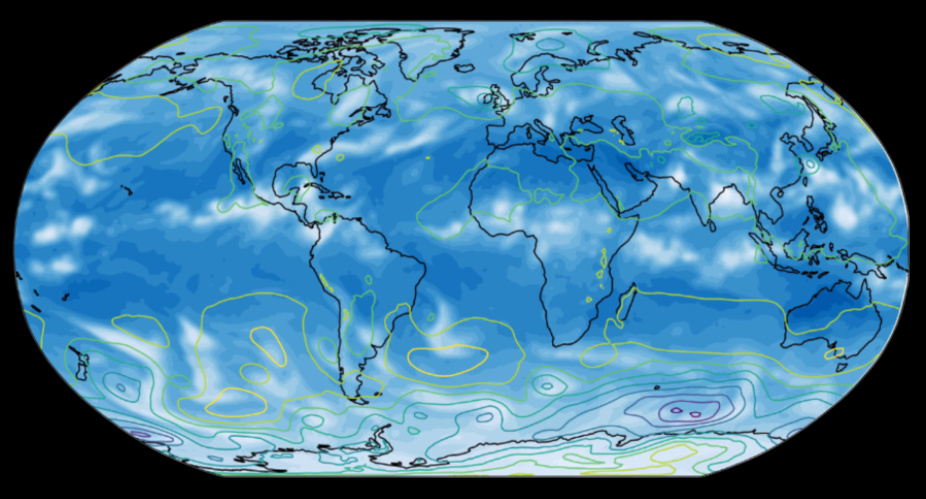CISL launches IMPACT section: Accelerating AI in Earth system science
by Shira Feldman
Artificial Intelligence (AI) and Machine Learning (ML) are rapidly transforming Earth System Sciences (ESS). To meet the increasing demand for AI/ML tools and align with NSF NCAR’s strategic plan, CISL has launched a new section: IMPACT, or Intelligent Methods, Prediction, Analysis, and Community Tools.

John Clyne, IMPACT Section Manager
Led by John Clyne, the new IMPACT section focuses on applied AI/ML. It focuses on creating scalable, intuitive tools specifically designed for ESS workflows and applications, while also evaluating new technologies for reliability, performance, and relevance.
“Our goal is to make more AI-based tools readily available for the broad geosciences community," explained Clyne.
"What excites me most is the possibility of accelerating the usage of AI by our scientific community.”
— John Clyne, IMPACT Section Manager
IMPACT unifies the expertise of several established CISL teams to expand CISL’s capabilities in AI/ML research and development:
-
The MILES research group—or Machine Integration for Learning and Earth Systems. The MILES team is a highly accomplished research group advancing the frontiers of artificial intelligence and machine learning applied to the Earth sciences.
-
The GeoCAT team—or the Geoscience Community Analysis Toolkit. GeoCAT specializes in engineering and community tools. GeoCAT will apply their extensive expertise in leading community-developed software packages to help deliver AI powered new tools.
-
The TEG team—or the Technology Exploration Group—brings expertise in visualization user experience. (The team was formerly called ViSR, or Visualization Services and Research.)
“We're really going to lean on the user-experience element to make sure that the products and services we deliver are easily usable.”
— John Clyne

Earth visualization.
One of IMPACT's initial focuses will be CREDIT—the Community Research Earth Digital Intelligence Twin—an open-source research framework that the MILES team developed for climate and weather AI emulators.
"We're focusing on making CREDIT more capable and easier to use,” said Clyne. “Right now it takes a fair bit of expertise in machine learning to use it, and we want to make it more accessible to folks who are geoscientists but might not have a lot of expertise in machine learning."
“We’re basically taking CREDIT from research to operations, turning a research tool into a hardened, user-friendly tool.”
— John Clyne
While CREDIT is an initial focus, the new section more broadly aims to make AI more accessible by demystifying complex methods, developing intuitive interfaces, and offering practical solutions for real-world challenges. By doing so, IMPACT aims to improve predictive understanding in the community, ensure that NSF NCAR’s infrastructure evolves to meet the computational demands of next-generation Earth system science, and support more informed decision-making in the study of our planet.
IMPACT will be deeply collaborative, working with other CISL teams to ensure streamlined access to AI-ready data and scalable computing, and forming partnerships with NSF NCAR labs and the broader ESS community.
The new IMPACT section promises to be a significant step forward in advancing NSF NCAR’s goals for integrating cutting-edge AI into Earth system science.